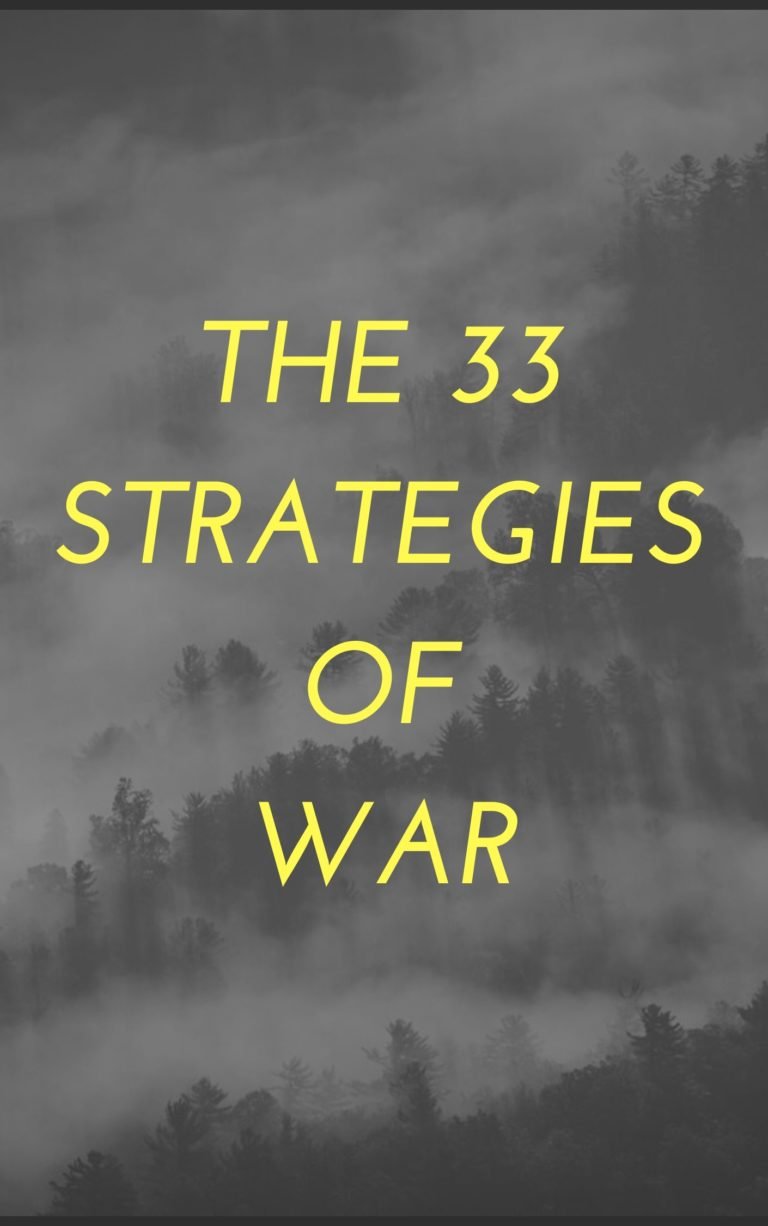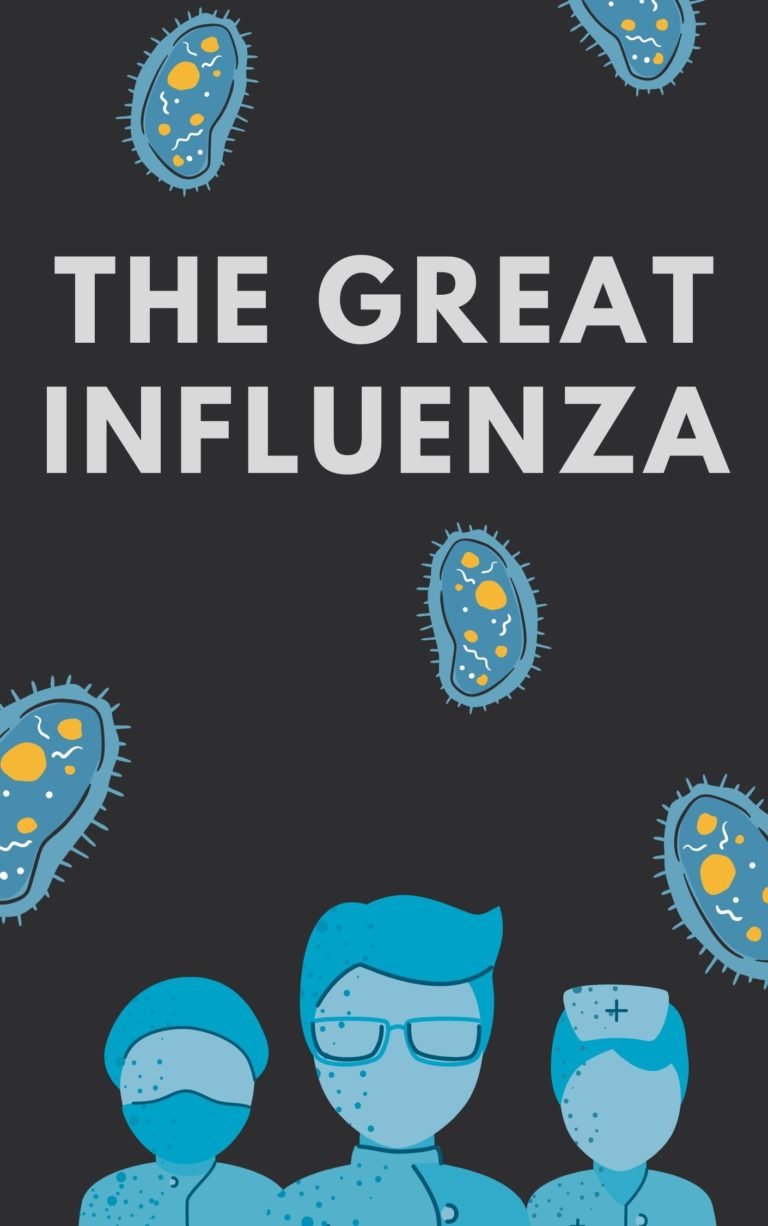The Nature Fix
Florence Williams
Rating: 8.0
“A lively exploration of what modern research has to say about the myriad health benefits of the great outdoors. . . Ms. Williams resists the tendency of so much nature writing towards easy epiphanies, adopting a tone that is, instead, pleasingly puckish. . . [She] puzzles out the pros and cons, concluding, on balance, that there’s a good case for connecting with nature to extend both the quantity and quality of life…”
-Danny Heitman, Wall Street Journal
Contents
A Prescription for Urban Ailments
The Japanese call it shinrin yoku – “forest bathing.” In Korean, it’s salim yok. The Finnish call it metsänpeitto – “covered by the forest.” Cultures around the world honor the human bond with nature. Study results show that nature positively affects people’s mental, spiritual, and physical health. The empirical results come from psychological tests and physiological sensors that capture changes in brains and body functions outdoors. Scientists are becoming more precise and creative in finding out about nature’s impact. For example, if you’re hospitalized, request a bed by a window. It will help you recover faster.
Modern Stress
Recovery is a critical element in re-engaging with nature. Human beings are animals, and like all living things, they connect to nature and try to adapt to changes in their environments – successfully or not. Your senses provide vital cues to help you survive. Today, stressed-out office-dwellers often overlook the information that smells, sounds and sights offer. This obliviousness undermines their physical and mental performance. Often the first signal of something good or bad happening comes from your sense of smell. Nasal receptors directly link to the brain, crossing the blood-brain barrier. Medicines delivered nasally are fast acting – but so are airborne pollutants. Knowing that aroma can affect your behavior and emotions is ancient history, but science now finds that scents also may be powerful healers.
“When you walk out in nature, it’s like wearing rose-colored glasses. In nature, everything is a little more positive.”
Japanese immunologists learned that tree scents called “phytoncides” promote well-being and health. Oils from the hinoki cypress are especially beneficial. Modern living takes a toll on your sense of smell. Swedish researchers found that more than 50% of the genes humans once had for smelling have been neutralized as people have grown less dependent on their noses for survival.
“I’d love to see more wilderness therapy, more kids in summer camp and on nature field trips and on scouting expeditions…more opportunities for city populations in general to touch the wild.”
Hearing, too, has suffered. Noise pollution reduces how well people hear. The din of modern life – airplanes, leaf blowers, traffic – could damage your hearing and possibly your heart. People living near airports suffer an increase in hypertension, which can cause heart attacks and strokes. Noise can trigger anger and rob you of the ability to pay attention. Using earphones and earbuds to mask modern noise may do harm in the long run because they desensitize you to healing sounds around you as well as dampening the annoying racket. Sounds found in nature – such as birdsong, flowing water and wind – can heal.
“‘Biophilia’…is the passionate love of life and of all that is alive; it is the wish to further growth, whether in a person, a plant, an idea or a social group.”
Nature can be a welcome sight for sore eyes. Generally speaking, staring at screens indoors ruins your eyesight. Chinese researchers discovered that double the number of city dwellers in more well-to-do areas needed glasses for distance than people who live in the country. Visual acuity links to time spent outdoors. Indoor and outdoor light differ in a way that affects the shape of the eyeball. This finding is prompting schools to upgrade light sources to protect students’ eyesight.
“Fifty-eight percent of Finns go berry-picking, [and] 35% cross-country ski, often in Artic darkness, under lights in large city parks.”
With or without glasses, you benefit from seeing natural settings. Proximity to a window improves outcomes for hospital patients. It hastens their recovery while also raising their spirits and reducing requests for painkillers. Having a window to the outside world also has a positive effect on people living in even the worst of urban settings. Greenery isn’t a cure-all, but it does seem to lower crime and violence.
“It’s simply harder for someone who is noise-sensitive to fully unwind in an urban environment, regardless of its nice parks and nesting ducks.”
Evidence indicates that pictures and videos of nature help, though not as much as being directly outdoors. Watching nature videos can soothe prisoners, according to jailers’ observations. One researcher found a clue in Jackson Pollack’s abstract paintings. Pollack’s artwork shares a mathematical phenomenon with nature. Fractals are a mathematical way to describe geometrical patterns in nature – in leaves and waves, electric currents and lung tissue. Pollack’s paintings have fractal patterns identical to forest fractals. You don’t have to look directly at natural or artificial fractal patterns; merely having them in your field of vision is beneficial.
Nature As Medicine
In 1973, social psychologist and author Erich Fromm created the word “biophilia” to capture the human feeling for “the passionate love of life” and the yearning for “further growth, whether in a person, a plant, an idea or a social group.” Harvard entomologist E.O. Wilson used Fromm’s neologism to name a theory – the “biophilia hypothesis” that describes people’s evolutionary bond with nature as “the innately emotional affiliation of human beings to other live organisms.”
“When they are vast, nature scenes and events can connect us to deeper forces in the world.”
This bond is a profound aspect of human behavior. Early humans learned to pay attention to natural cues: Snakes triggered fear, and water and trees meant safe places to rest. Today, your relationship with nature may be more important than ever. As people spend more time in front of computer screens for work and pleasure, scientists are raising concerns about the impact on good mental and physical health.
Forest Therapy
Japan’s Forestry Agency conducts research into forest therapy involving hundreds of people exposed to both wooded and urban locations while connected to monitoring equipment. Results indicate that the environment affects their health and can alter their blood pressure, pulse rate, heart rate, hormone levels and brain chemistry. The Japanese share widespread public acceptance of spending time in forests and engaging all your senses as a form of preventative treatment. Up to one in four Japanese people participate in forest therapy.
“NASA…wanted to redecorate space stations with stress-reducing images (but, interestingly, not images that reminded astronauts of far-away Earth, because that would be too sad-making.)”
While scientists are testing the health benefits of nature, another important component is emerging: economic benefit. Park managers look to nature as a revenue stream that attracts stressed-out city dwellers and health-conscious travelers.
The Korean Forest Agency, likewise, studies the health benefits of spending time in the woods. Both countries are trying to help their people de-stress. South Korea has the highest suicide rate worldwide, and Japan ranks third. Finland, which didn’t urbanize until the 1970s, takes a different view. Finns maintain a strong link to the land; trees still cover 74% of Finland. Their connection to nature may help to explain why Finns are among the happiest people in the world.
“The goal of the current [Korean] National Forest Plan is ‘to realize a green welfare state, where the entire nation enjoys well-being’.”
The Scots can be dour, and they, too, are examining how time spent in nature can improve a person’s health. Unlike Japan and Finland, where nature research focuses on middle-class professionals, Scotland’s investigators have studied the impact of city life on the poor. Scottish cities are rife with problems – alcoholism, drugs, suicide and violence. Sections of Glasgow suffer the lowest life expectancies in the European Union. Scottish researchers found a link between death rates and neighborhoods: People in greener areas live longer – though income levels play a role. The government is working to provide access to safe, walkable green spaces to increase exercise as well as nature therapy. Officials launched research-based, woodland skills programs – called “ecotherapy” – to deal with depression, physical fitness and personal confidence.
“Finland scores high on global scales of happiness…Everyone has access to what makes them happy – a bunch of lakes, forests and coastlines.”
Few countries on Earth pack more people into a smaller area than the city-state of Singapore. No government has done more to create expansive parks and nature-scapes. Singapore is no wilderness, but its “green cover” of “forest preserves, the pocket parks, undeveloped lands and the manicured street trees” – using about half of its 276 square miles – may be an element in preventing and soothing the stresses and ill effects of high-tech city living.
Nature Brings Focus and Healing
The idea that nature is good for you isn’t new. It’s an enduring theme of the Romantic Movement – praised by poets, park planners and philosophers both Eastern and Western. Experiencing the wonder of the magnificent natural environment helps people feel better and often sparks them to share the experience. This provides a touching sense of connectedness. Awe-inspiring views anchor people in the grand scheme of things, and that can be soothing and energizing.
“I couldn’t help wondering…if having more data on how nature changes our brains and immune cells would actually lure more of us into the woods.”
Nature therapy programs such as Outward Bound have become a prescription for dealing with children who suffer behavior disorders. In small studies, researchers saw that children with attention deficit hyperactivity disorder (ADHD) who interact with nature display fewer symptoms than kids with ADHD who remain indoors.
“One thing is clear: human brains seem to grow best when they get some time outside.”
All children benefit from being active outdoors. Educational programs in Europe, particularly in Germany, encourage students at an early age to learn bushcraft skills, work cooperatively and take risks. This helps their mental and physical development and team-building ability. Encouraging play and learning outdoors is becoming imperative. Kids are losing touch with nature and the outdoors. In Britain, two-thirds of children didn’t know that acorns grow on trees.
Post-Traumatic Stress Disorder
Veteran-support organizations have launched nature-based activities to help relieve post-traumatic stress disorder (PTSD) and other physical and psychological wounds. Historically, nearly one in five returning veterans experiences PTSD. The Mideast conflicts pushed that number higher – to more than one in four people suffering broken bodies, minds and lives.
“We are animals, and like other animals, we seek places that give us what we need.”
Advocates of “therapeutic adventure” believe outdoor activities, such as river kayaking and wilderness backpacking, can help veterans heal. Most of the data is anecdotal and incomplete, but such activities seem to make a difference. They help participants to be more open about their problems and more willing to accept counseling. Focusing on the wilderness pushes away bad memories and dark thoughts. Participants reported that being outdoors and active helped them feel better – for a while. Skeptics want better data that link recreation therapy to PTSD relief. Until then, the US Department of Veterans Affairs will continue to dismiss it as a healing tool.
Theories of the Brain
Much of today’s research focuses on how nature affects the brain, which, some researchers say, has three ways of dealing with stimuli. The “executive area” of the brain deals mostly with analytical and intellectual situations. The “spatial network” helps you respond to sensory perceptions – how you relate to sights, sounds, smells, and other environmental inputs. The third and perhaps most intriguing area of the brain – the “default network” – links to personality and affective behavior. Freeing its “free-ranging, day-dreaming, goal-setting, mind-wandering white noise” lets your executive brain take a break. Nature helps revive the neural networks that constantly respond to life’s demands for attention.
“Go outside often, sometimes in wild places. Bring friends or not. Breathe.”
“Attention Restoration Theory” (ART) and “Stress Reduction Theory” (SRT) both rest on using nature as a neural palliative. ART acts more as a first responder, taking the edge off stress and enabling the brain to work more effectively. SRT uses nature to help the brain relax. Researchers are seeking more insight into brain-nature relationships. Advances in digital networking using more powerful computing can accumulate and analyze the data from many studies, creating meta studies based on thousands of subjects to strengthen the link between data and health outcomes.
Proof is important in the effort to confirm that people can turn to nature as a preventative medicine. How will people pay for it, as the Koreans wonder? Will it lead to workplace changes and encourage the longer vacations customary in Finland? Americans want proof that nature works in a practical way as a healer.
Embrace Nature
Evidence suggests you should treat nature as you would exercise: Any is good, and more is better.
- Daily – Take a break in a natural setting with trees, birds and flowing water.
- Weekly – Escape from the humdrum; spend at least an hour in a park with wooded paths.
- Monthly – Get away to a quiet forest, river, lake or seashore.
- Yearly – Vacation in a remote setting to experience the awe that nature freely provides.






